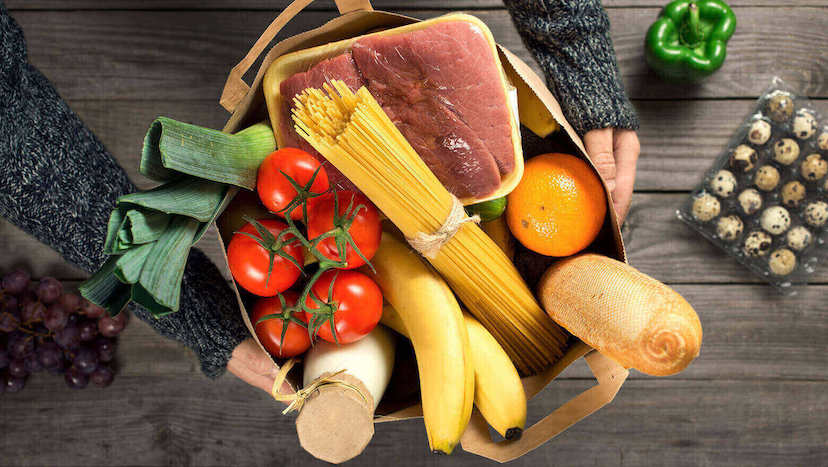The World Is Facing a Pork Shortage
Some Investors Predict a Price Surge
The world is facing a pork shortage because of COVID-19 and African swine flu, a disease that is deadly for pigs, but not for humans. When the coronavirus pandemic was in its early stages, lean hog futures tumbled. On May 10 lean hog futures cost $0.793 per pound, but by April 16 they fell to $0.432 per pound.
Now, demand for lean hogs is expected to be higher than supply in the fourth quarter. Analysts at Hackett Financial Advisors predict that hog futures will reach at least $0.70 per pound next quarter. Though nothing is certain, some investors are putting money into October-dated futures contracts on the Chicago Mercantile Exchange, or investing in exchange-traded funds like WisdomTree Lean Hogs (HOGS.UK) because they expect a rise in the price of pork.
COVID-19’s Impact on Pork Processing
COVID-19 outbreaks at meat packing plants have battered the pork processing industry this year. Before the pandemic, about 600 million pounds of pork were processed each day in the US. That fell to 330 million pounds per day in late March.
COVID-19 spreads easily in meat packing facilities where many people are close together in a cold place. Outbreaks caused meat packing plants across the country to shut down, which meant production schedules were disrupted. Many farmers euthanized their hog herds because plants were unable to process their meat and it was too expensive to keep feeding them. Though processing facilities are reopening with new safety protocols, there is now a shortage of pigs.
African Swine Flu’s Impact on China’s Pork Production
African swine flu is also contributing to the pork shortage. In China, the largest producer and consumer of the meat, pork production dropped by 21% because of the disease last year, and is expected to fall an additional 15% this year. It is predicted that China will import 4.4 million metric tons of pork this year—a large increase from the 2.5 million tons the country imported last year.
Despite the spike in pork demand from China and the shortage of supply globally, some investors are more wary than others. Demand for pork from restaurants around the world has gone down. Heading into the fall if outdoor dining is no longer a possibility, this could further contribute to restaurants’ recent struggles. Farmers, pork producers, restaurant professionals, and others will be watching carefully to see how these and other factors impact the price of pork in the coming months.
Please understand that this information provided is general in nature and shouldn’t be construed as a recommendation or solicitation of any products offered by SoFi’s affiliates and subsidiaries. In addition, this information is by no means meant to provide investment or financial advice, nor is it intended to serve as the basis for any investment decision or recommendation to buy or sell any asset. Keep in mind that investing involves risk, and past performance of an asset never guarantees future results or returns. It’s important for investors to consider their specific financial needs, goals, and risk profile before making an investment decision.
The information and analysis provided through hyperlinks to third party websites, while believed to be accurate, cannot be guaranteed by SoFi. These links are provided for informational purposes and should not be viewed as an endorsement. No brands or products mentioned are affiliated with SoFi, nor do they endorse or sponsor this content.
Communication of SoFi Wealth LLC an SEC Registered Investment Advisor
SoFi isn’t recommending and is not affiliated with the brands or companies displayed. Brands displayed neither endorse or sponsor this article. Third party trademarks and service marks referenced are property of their respective owners.
SOSS082503



